Felipe Avila, Assistant Research Geneticist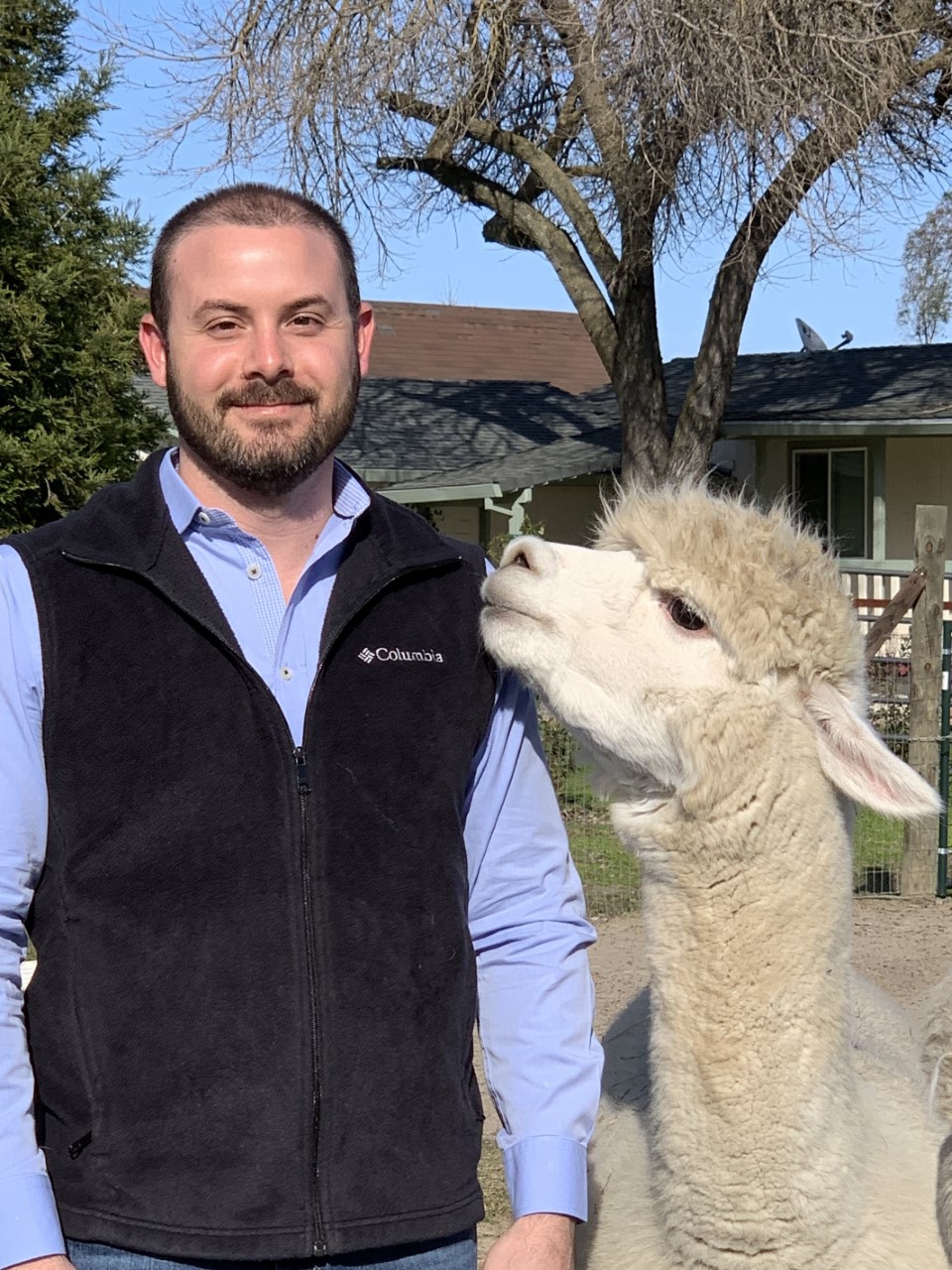
Felipe Avila, Ph.D.:
- BS in Biology, University of Brasilia – Brazil (2005)
- Ph.D. in Biomedical Sciences, Texas A&M University (2014)
- Postdoctoral Fellow, Equine Genetics and Genomics Laboratory – University of Minnesota (2014-2018)
- Postdoctoral Researcher, Veterinary Genetics Laboratory – University of California, Davis (2018-2019)
Research Interests:
Our research program uses genetics and genomics tools to study phenotypic traits and diseases in companion animal species, with particular focus on horses and camelids. The goal of our research is to use a multidisciplinary and collaborative approach to study the genetic basis of biologically and economically important traits in these species, as well as to elucidate the genetic mechanisms of inherited diseases.
Equine Research Projects: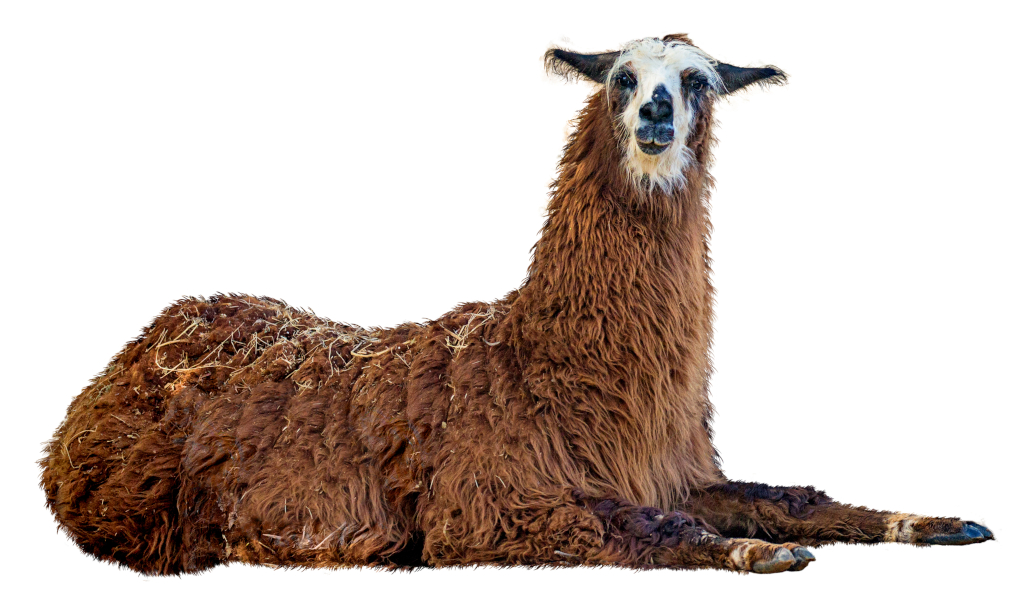
Our equine research studies are conducted in collaboration with Dr. Rebecca Bellone, and focus on investigating the genetic basis of coat color, conformation and performance phenotypes in various breeds. Our team is also interested in studying genetic diversity within and among horse breeds, and how modern breeding practices have shaped the genome of different breeds.
Camelid Research Projects:
Our camelid research program involves a multidisciplinary and collaborative team of researchers and veterinarians, with the goal of studying coat color and disease genetics in alpacas and llamas. Currently, we are investigating the genetic basis of congenital sensorineural deafness in blue-eyed white alpacas, as well as various pigmentation phenotypes in both alpacas and llamas. Our team is also invested in helping the camelid genomics community to improve the alpaca genome assembly and annotation.
If you are interested in joining Dr. Avila’s team, or would like to contribute to a research project, please contact Dr. Avila.
Current Team Members:
 Dr. Bradley Till is a Bioinformatics Programmer in the VGL. He obtained his Ph.D. degree from the University of Oregon and worked as a Postdoctoral Researcher at the Fred Hutchinson Cancer Research Center in Seattle, Washington. Before joining the VGL in 2020, Dr. Till conducted research in Austria and Chile. He collaborates on various equine and camelid genetics and genomics projects with the VGL research group.
Dr. Bradley Till is a Bioinformatics Programmer in the VGL. He obtained his Ph.D. degree from the University of Oregon and worked as a Postdoctoral Researcher at the Fred Hutchinson Cancer Research Center in Seattle, Washington. Before joining the VGL in 2020, Dr. Till conducted research in Austria and Chile. He collaborates on various equine and camelid genetics and genomics projects with the VGL research group.
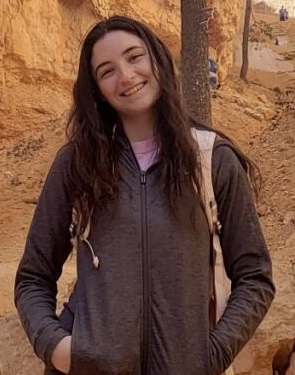 Haley Cronin is an Animal Biology major at UC Davis. She is working on various projects focused on elucidating the genetic basis of phenotypic and disease traits in camelids, horses, and sheep. On her spare time, she likes to hike.
Haley Cronin is an Animal Biology major at UC Davis. She is working on various projects focused on elucidating the genetic basis of phenotypic and disease traits in camelids, horses, and sheep. On her spare time, she likes to hike.
Past Team Members:
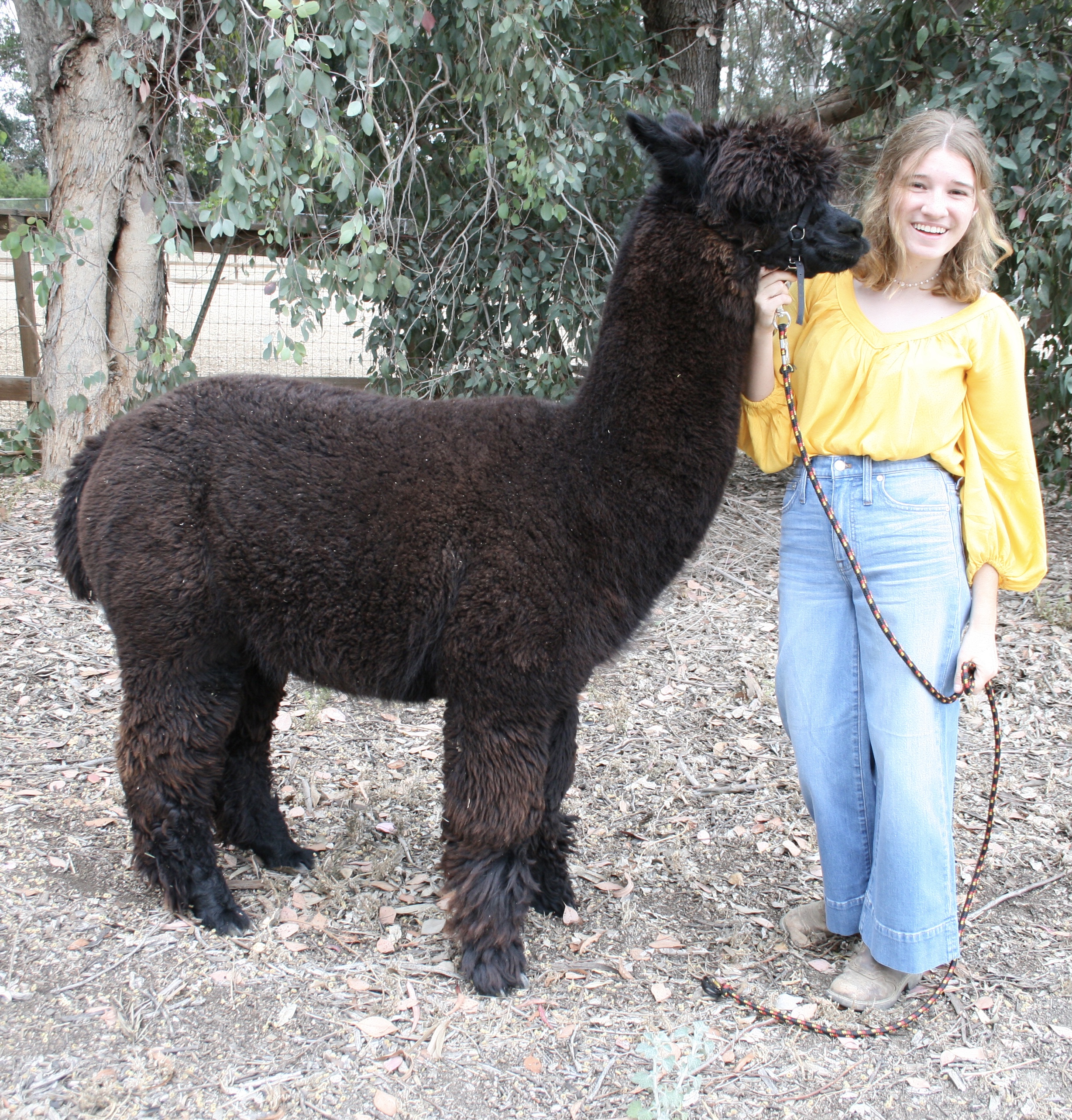
Anna Grulikowski is currently a Project Manager at the VGL. She completed her degree in Animal Science at UC Davis in 2023. As an undergraduate intern in the laboratory, she worked on various projects related to pigmentation genetics in alpacas.
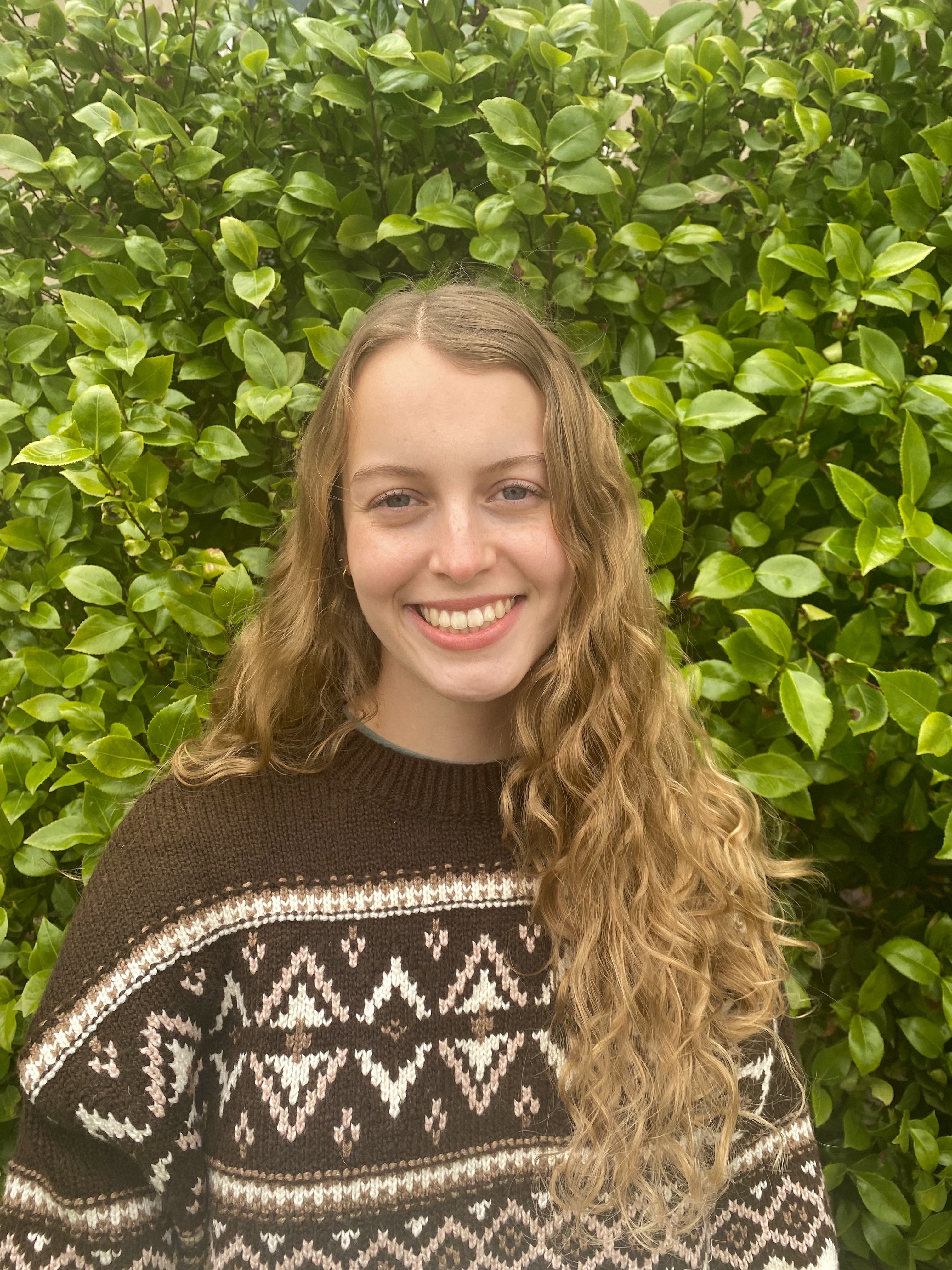
Emily Cooper joined the laboratory as a third-year Animal Science major at UC Davis. She worked on a research project related to deafness in blue-eyed white alpacas.
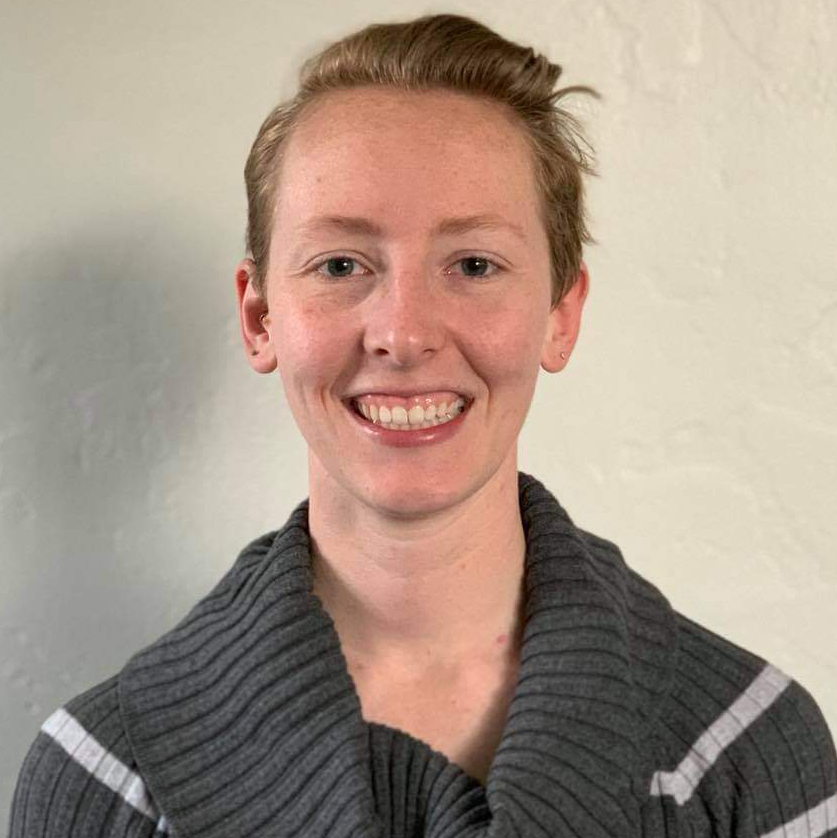
Elizabeth Esdaile completed a master’s degree in Animal Biology at UC Davis in September of 2021. As part of her thesis, she studied the genetics of coat color phenotypes in horses as well as genetic diversity within and among horse breeds. She is currently a Lab Manager for the Bellone Laboratory at the VGL.
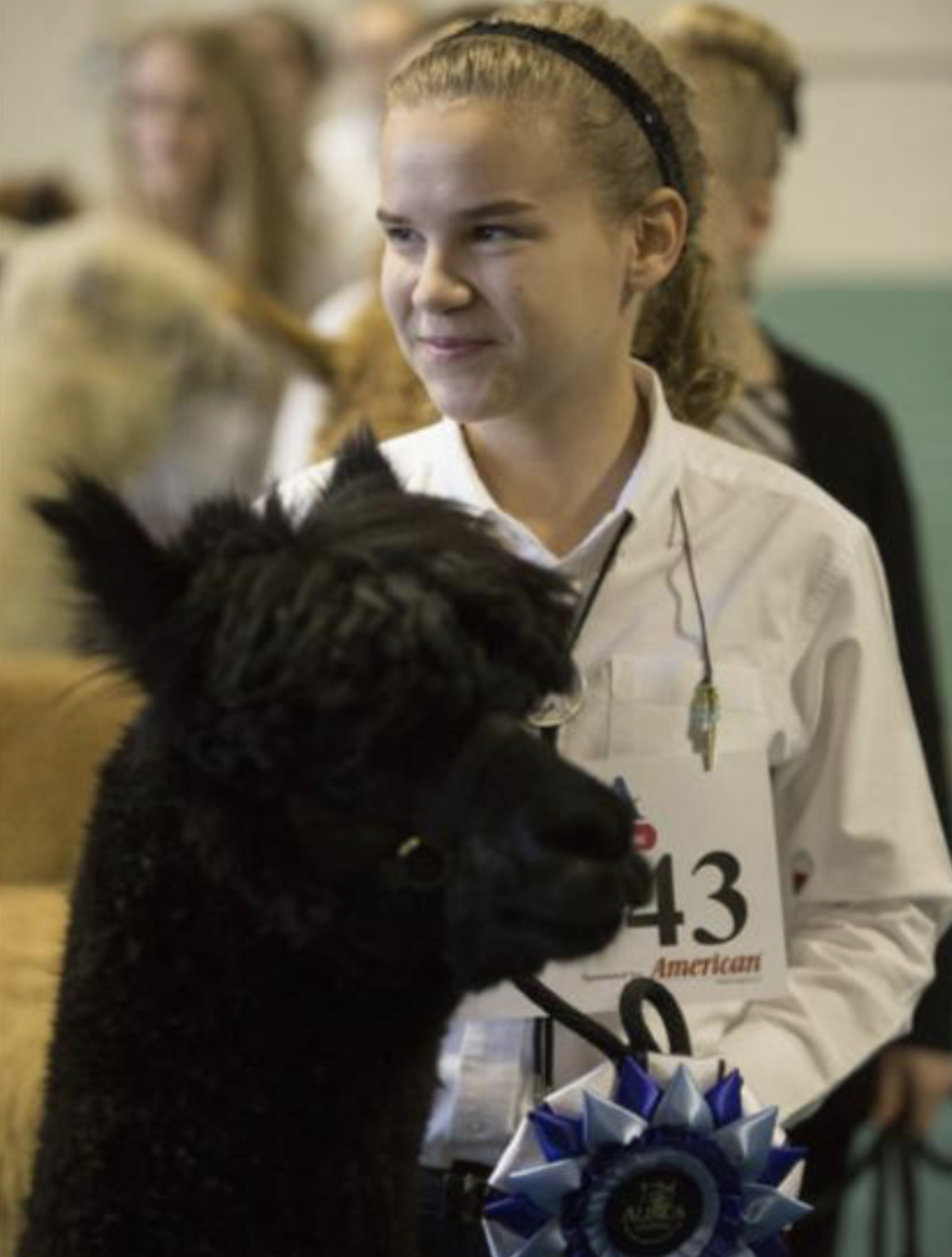
Rayann Eaves is currently working towards her veterinary degree at Colorado State University, as well as working for the US Department of Agriculture (USDA). She joined the laboratory during her junior year as an Animal Science undergraduate intern, and worked on projects related pigmentation genetics in alpacas.
Publications (last 5 years):
- Esdaile, E., Knickelbein, K. E., Donnelly, C. G., Ferneding, M., Motta, M. J., Story, B. D., Avila, F., Finno, C. J., Gilger, B. C., Sandmeyer, L., Thomasy, S., & Bellone, R. R. (2023). Additional evidence supports GRM6 p.Thr178Met as a cause of congenital stationary night blindness in three horse breeds. Veterinary ophthalmology, 10.1111/vop.13151. Advance online publication. doi: 10.1111/vop.13151
- Avila, F., Hughes, S.S., Magdesian, K.G., Penedo, M.C.T, and Bellone, R.R. 2022. Breed Distribution and Allele Frequencies of Base Coat Color, Dilution, and White Patterning Variants across 28 Horse Breeds. Genes 13(9):1641. doi: 10.3390/genes13091641.
- Esdaile, E., Kallenberg, A., Avila, F., & Bellone, R. R. 2021. Identification of W13 in the American Miniature Horse and Shetland Pony Populations. Genes 12(12):1985. doi: 10.3390/genes12121985.
- Aleman, M., Crowe, C., Dechant, J., Bellone, R.R., Avila, F. 2021. Brainstem auditory evoked responses and bone conduction assessment in alpacas. Res Vet Sci 136:297-302. doi: 10.1016/j.rvsc.2021.02.024.
- Esdaile, E., Avila, F., & Bellone, R. R. 2021. Analysis of Genetic Diversity in the American Standardbred Horse Utilizing Short Tandem Repeats and Single Nucleotide Polymorphisms. Journal of Heredity. doi: 10.1093/jhered/esab070
- Donnelly, C.G., Bellone, R.R., Hales, E., Nguyen, A., Katzman, S., Dujovne, G., Knickelbein, K., Avila, F., Kalbfleisch, T., Giulotto, E., Kingsley, N.B., Tanaka, J., Esdaile, E., Peng, S., Dahlgren, A., Fuller, A., Mienaltowski, M., Raudsepp, T., Affolter, V., Petersen, J., Finno, C. 2021. Generation of a biobank from two adult stallions for the Functional Annotation of the Animal Genome (FAANG) initiative. Front Genet. 12:650305. doi: 10.3389/fgene.2021.650305.
- Hisey, E.A., Hermans, H., Lounsberry, Z.T., Avila, F., Grahn, R.A., Knickelbein, K.E., Duward-Akhurst, S.A., McCue, M.E., Kalbfleisch, T., Lassaline, M.E., Back, W., Bellone, R.R. 2020. Whole genome sequencing identified a 16 kilobase deletion on ECA13 strongly associated with distichiasis in Friesian horses. BMC Genomics 21(1):848. doi: 10.1186/s12864-020-07265-8.
- Hack, Y.L.1, Crabtree, E.1, Avila, F., Sutton, R.B., Grahn, R.A., Gilger, B., Bellone, R.R. 2020. Whole genome sequencing identifies missense mutation in GRM6 as the likely cause of congenital stationary night blindness in a Tennessee Walking Horse. 1Joint first authors. Equine Vet J. 53:316–323. doi: 10.1111/evj.13318.
- Baily, M.P., Avila, F., Das, P.J., Kutzler, M.A., Raudsepp, T. 2019. An autosomal translocation 73,XY,t(12;20)(q11:q11) in an infertile male llama (Lama glama) with teratozoospermia. Front Genet. 10:344. doi: 10.3389/fgene.2019.00344.
- Norton, E.M., Avila, F., Schultz, N.S., Mickelson, J.R., Geor, R., McCue, M.E. 2019. Evaluation of an HMGA2 variant for pleiotropic effects on height and metabolic traits in ponies. J. Vet. Intern. Med. 33(2):942-952. doi: 10.1111/jvim.15403.
- Avila, F., Mickelson, J.R., Schaefer, R.J., McCue, M.E. 2018. Genome-wide signatures of selection reveal genes associated with performance in American Quarter Horse populations. Front. Genet. 9:249. doi: 10.3389/fgene.2018.00249.
- Neupane, M., Moss, K.D., Avila, F., Raudsepp, T., Marron, B.M., Beever, J.E., Parish, S., Kiser, J.N., Cantrell, B., Neibergs, H.L. 2017. Case study: polymelia in a Holstein calf. The Professional Animal Scientist. 33(3):378-386. doi: 10.15232/pas.2016-01594.
- Norton, E.M., Avila, F., Schultz, N.S., Mickelson, J.R., McCue, M.E. 2017. Identification of a genetic locus associated with height and metabolic traits in Welsh ponies. Journal of Equine Veterinary Science. 52:73-74. doi: 10.1016/j.jevs.2017.03.090.
- McCue, M.E., Norton, E., Avila, F., Mickelson, J.R., Geor, R., Schultz, N.E. 2016. Identification of a genetic locus associated with height and fasting insulin in Welsh ponies. 2016 ACVIM Forum Research Report. J. Vet. Intern. Med. 30(4):1546-1547.
- Ghosh, S., Das, P.J., Avila, F., Thwaits, B.K., Chowdhary, B.P., Raudsepp, T. 2016. A non-reciprocal autosomal translocation 64,XX,t(4;10)(q21;p15) in an arabian mare with repeated early embryonic loss. Reprod. Domest. Anim. 51(1):171-4.

